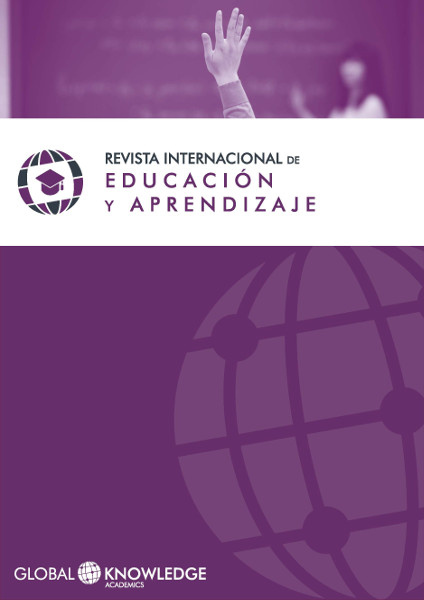Work-Life Balance and its Relationship to School Achievement: How Parents’ Workload affects their Children Education
DOI:
https://doi.org/10.37467/gka-revedu.v3.586Keywords:
Work-Family Balance, Work-Family Conflict, Society, Family and School PerformanceAbstract
The study points to a heavy workload having strong repercussions on the well-being of the family. Modern men are faced with an "invisible dilemma" which emerges when they try to reconcile their work with their family obligations. These men are dissatisfied with how they manage their time. They want more time for themselves, for their partners and for their families, but they are unable to find it in their current circumstances. Work is seen as a continuous pressure which requires their presence and commitment and which makes these men more and more dependent on their jobs. The reality is that these men, and particularly those who occupy management positions, spend a lot of time working and their jobs end up making inroads into their private lives and colonizing the family ambit. It also seems that for many of these men work continues to be their number one priority and is more important than the family. Consequently they spend a little time in the children homework and that influences their school performance.
Downloads
Global Statistics ℹ️
|
705
Views
|
427
Downloads
|
|
1132
Total
|
|
References
Acereda, A., López Puig, A. (2012). La problemática de los niños superdotados. Madrid: Síntesis.
Alles, M.A. (2005). La mujer y el trabajo. Buenos Aires: Granica.
Barrancos, D. (1996) Una asignatura pendiente: la calificación técnica y tecnológica de las mujeres. La Mujer y el Trabajo. Revista de Trabajo y Seguridad Social, 3 (10), 73-86.
Boca, D. D., Pasqua, S. y Pronzato, Ch. (2009). Motherhood and market work decisions in institutional context: A European perspective. Oxford Economics Papers, 61, 1147-1171. DOI: https://doi.org/10.1093/oep/gpn046
Davis, N.S. (2011). Dividing the domestic: men, Women and Household in Cross-national Perspective. Gender & Society, 25, 680. DOI: https://doi.org/10.1177/0891243211408298
Garrido, L. y Gil C. (1993). Estrategias familiares . Madrid: Alianza.
López Puig, A. (2007). Implicaciones del equilibrio trabajo-familia. En A. López Puig y A. Acereda (Coord.), Entre la familia y el trabajo: realidades y soluciones para la sociedad actual (pp.19-37). Madrid: Narcea Ediciones.
López Puig, A., Acereda, A. (coord.) (2007b). Entre la familia y el trabajo. Realidades y soluciones para la sociedad actual . Madrid: Narcea.
López Puig, A., Acereda, A. (coord.) (2007a). Repercusiones del ámbito laboral en la vida familiar de los hombres: un estudio evolutivo . Tarragona: URV. DOI: https://doi.org/10.17345/9788484240891
Metz, I. (2011). Women leave work because of family responsibilities: Fact or fiction? Asia Pacific Journal of Human Resources, 49, 285. DOI: https://doi.org/10.1177/1038411111413216
OECD. (2009). Informe de PISA. Recuperado de: http://www.oecd.org/pisa/pisaproducts/49460778.pdf. Recuperado el 2 de abril de 2012.
PNUD. (1995). Informe sobre desarrollo humano. México: PNUD.
Santesmases, M. (2001). Programa estadístico de Diseño y Análisis de Encuestas y Cuestionarios DYANE (versión 2) . Madrid: Pirámide.
Downloads
Published
How to Cite
Issue
Section
License
Those authors who publish in this journal accept the following terms:
-
Authors retain copyright.
-
Authors transfer to the journal the right of first publication. The journal also owns the publishing rights.
-
All published contents are governed by an Attribution-NoDerivatives 4.0 International License.
Access the informative version and legal text of the license. By virtue of this, third parties are allowed to use what is published as long as they mention the authorship of the work and the first publication in this journal. If you transform the material, you may not distribute the modified work. -
Authors may make other independent and additional contractual arrangements for non-exclusive distribution of the version of the article published in this journal (e.g., inclusion in an institutional repository or publication in a book) as long as they clearly indicate that the work was first published in this journal.
- Authors are allowed and recommended to publish their work on the Internet (for example on institutional and personal websites), following the publication of, and referencing the journal, as this could lead to constructive exchanges and a more extensive and quick circulation of published works (see The Effect of Open Access).













